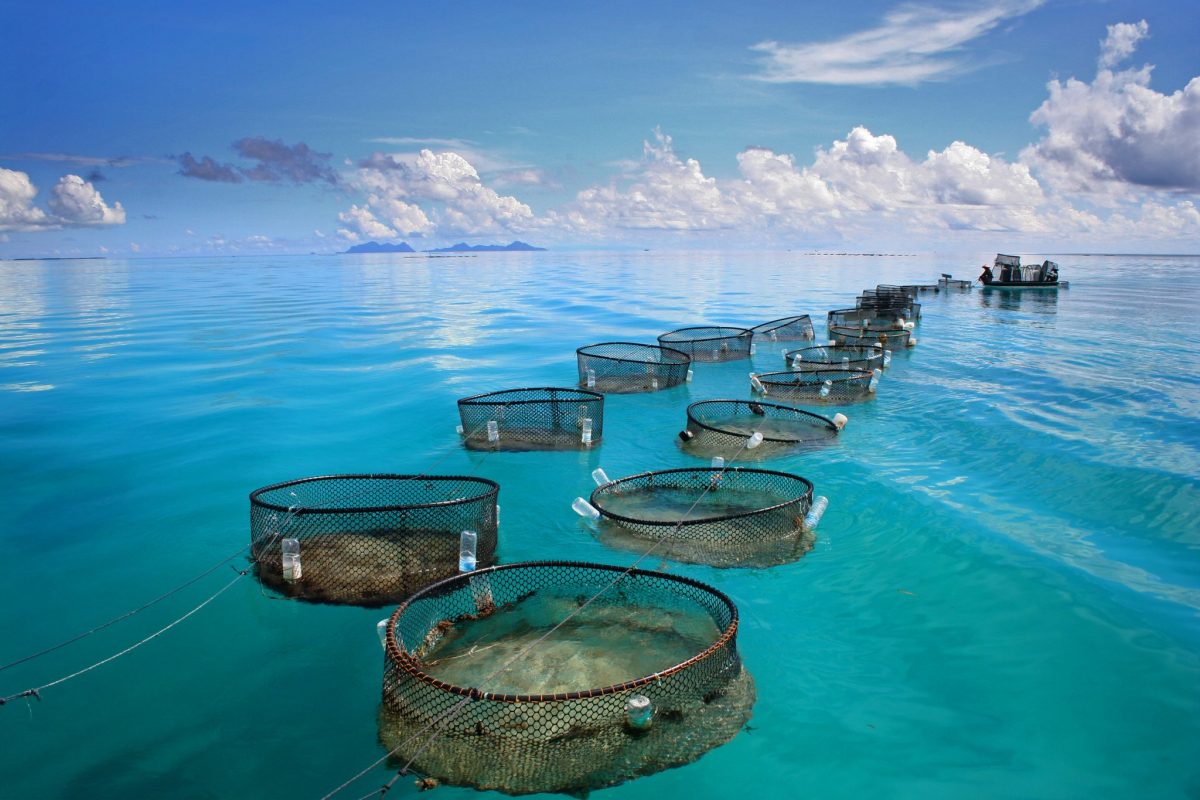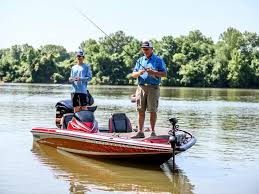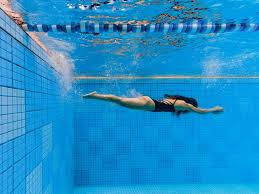Booklet Pane: Guernsey Post Office Booklet Pane of £ 1.00 (Guernsey 1984)
Guernsey Post Office Booklet Pane of £ 1.00 (Guernsey 1984)
18 September (Guernsey ) within release Definitive Series 1984-1991: Bailiwick Views (Big) goes into circulation Booklet Pane Guernsey Post Office Booklet Pane of £ 1.00 face value 1 Guernsey pound
| Booklet Pane Guernsey Post Office Booklet Pane of £ 1.00 in catalogues | |
|---|---|
| Michel: | Mi: GG HB20 |
Booklet Pane is vertical format.
Booklet pane from booklet "Mi:GG MH20". Contains: (2 x "Mi:GG 289A"; 3 x "Mi:GG 290A"; 5 x "Mi:GG 292A").Also in the issue Definitive Series 1984-1991: Bailiwick Views (Big):
- Booklet - Guernsey Post Office Booklet of £ 1.00 face value 1;
- Booklet - Guernsey Post Office Booklet of £ 1.30 face value 1.30;
- Booklet Pane - Guernsey Post Office Booklet Pane of £ 1.00 face value 1;
- Booklet Pane - Guernsey Post Office Booklet Pane of £ 1.30 face value 1.30;
- Stamp - La Coupee, Sark face value 20;
- Stamp - La Coupee, Sark face value 20;
- Stamp - La Coupée, Sark face value 20;
- Stamp - La Coupée, Sark face value 20;
- Stamp - St. Peter Port face value 14;
- Stamp - St. Peter Port face value 14;
Booklet Pane Guernsey Post Office Booklet Pane of £ 1.00 it reflects the thematic directions:
Birds (Aves), a subgroup of Reptiles, are the last living examples of Dinosaurs. They are a group of endothermic vertebrates, characterised by feathers, toothless beaked jaws, the laying of hard-shelled eggs, a high metabolic rate, a four-chambered heart, and a strong yet lightweight skeleton. Birds live worldwide and range in size from the 5 cm (2 in) bee hummingbird to the 2.75 m (9 ft) ostrich. They rank as the class of tetrapods with the most living species, at approximately ten thousand, with more than half of these being passerines, sometimes known as perching birds. Birds are the closest living relatives of crocodilians.
Fishery can mean either the enterprise of raising or harvesting fish and other aquatic life or, more commonly, the site where such enterprise takes place (a.k.a., fishing grounds).Commercial fisheries include wild fisheries and fish farms, both in freshwater waterbodies (about 10% of all catch) and the oceans (about 90%). About 500 million people worldwide are economically dependent on fisheries. 171 million tonnes of fish were produced in 2016, but overfishing is an increasing problem, causing declines in some populations.
A fishing vessel is a boat or ship used to catch fish and other valuable nektonic aquatic animals (e.g. shrimps/prawns, krills, coleoids, etc.) in the sea, lake or river. Humans have used different kinds of surface vessels in commercial, artisanal and recreational fishing.
A landscape is the visible features of an area of land, its landforms and how they integrate with natural or man-made features. A landscape includes the physical elements of geophysically defined landforms such as (ice-capped) mountains, hills, water bodies such as rivers, lakes, ponds and the sea, living elements of land cover including indigenous vegetation, human elements including different forms of land use, buildings and structures, and transitory elements such as lighting and weather conditions. Combining both their physical origins and the cultural overlay of human presence, often created over millennia, landscapes reflect a living synthesis of people and place that is vital to local and national identity. The character of a landscape helps define the self-image of the people who inhabit it and a sense of place that differentiates one region from other regions. It is the dynamic backdrop to people’s lives. Landscape can be as varied as farmland, a landscape park, or wilderness. The earth has a vast range of landscapes, including the icy landscapes of polar regions, mountainous landscapes, vast arid desert landscapes, islands and coastal landscapes, densely forested or wooded landscapes including past boreal forests and tropical rainforests, and agricultural landscapes of temperate and tropical regions.
A port is a maritime facility comprising one or more wharves or loading areas, where ships load and discharge cargo and passengers. Although usually situated on a sea coast or estuary, ports can also be found far inland, such as Hamburg, Manchester and Duluth; these access the sea via rivers or canals. Because of their roles as ports of entry for immigrants as well as soldiers in wartime, many port cities have experienced dramatic multi-ethnic and multicultural changes throughout their histories
A ship is a large watercraft that travels the world's oceans and other sufficiently deep waterways, carrying passengers or goods, or in support of specialized missions, such as defense, research and fishing. Historically, a "ship" was a sailing vessel with at least three square-rigged masts and a full bowsprit. Ships are generally distinguished from boats, based on size, shape and load capacity.
Sport is a form of physical activity or game. Often competitive and organized, sports use, maintain, or improve physical ability and skills. They also provide enjoyment to participants and, in some cases, entertainment to spectators. Many sports exist, with different participant numbers, some are done by a single person with others being done by hundreds. Most sports take place either in teams or competing as individuals. Some sports allow a "tie" or "draw", in which there is no single winner; others provide tie-breaking methods to ensure one winner. A number of contests may be arranged in a tournament format, producing a champion. Many sports leagues make an annual champion by arranging games in a regular sports season, followed in some cases by playoffs.
Swimming is the self-propulsion of a person through water, or other liquid, usually for recreation, sport, exercise, or survival. Locomotion is achieved through coordinated movement of the limbs and the body to achieve hydrodynamic thrust that results in directional motion. Humans can hold their breath underwater and undertake rudimentary locomotive swimming within weeks of birth, as a survival response. Swimming requires stamina, skills, and proper technique.








